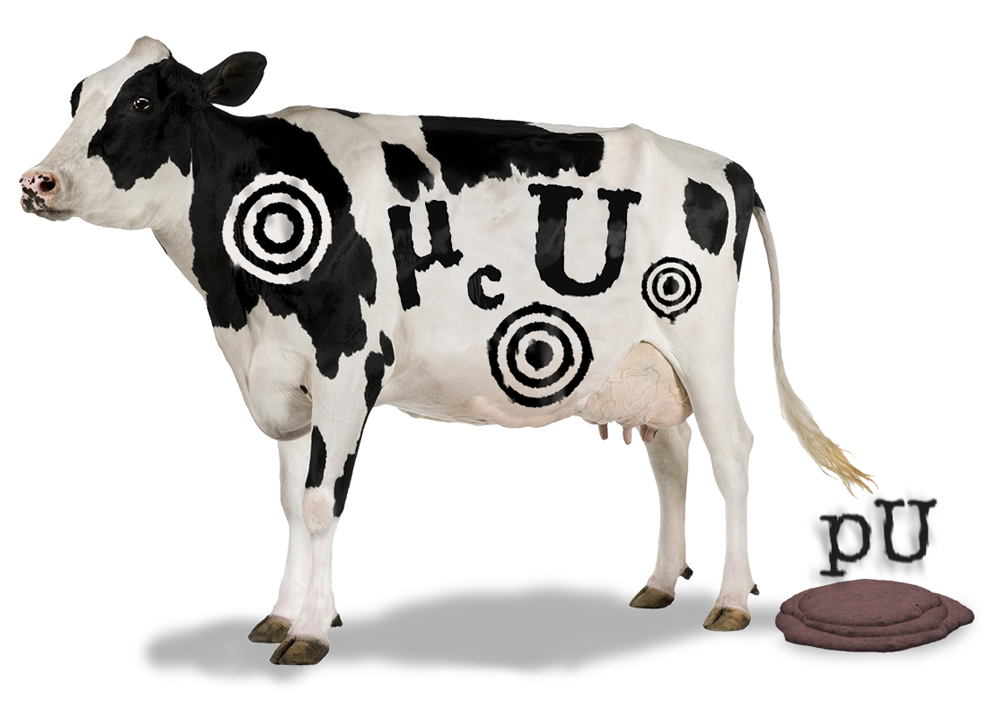Quality Standards
Six of Seven Assays of a Beckman Coulter AU 680 cannot pU goals
A continuing investigation into assay capability to meet new performance specifications for permissible measurement uncertainty (pU). Can two ARCHITECTs hit these targets?
6 of 7 assays from a Beckman Coulter AU 680 analyzer cannot meet 2021 pU% goals
Sten Westgard, MS
February 2022

- 6 of 8 assays of a Hitachi 7600 cannot meet pU goals.
- 8 of 9 assays of a Cobas c702 cannot meet pU goals.
- MU pU goals, can anything hit them?
Using the performance specifications for permissible measurement uncertainty from the 2021 CCLM article by Braga and Panteghini https://pubmed.ncbi.nlm.nih.gov/33725754/ we decided to look at the AU 680 chemistry analyzer
A 2022 article about the analytical performance of a Beckman Coulter AU 680 analyzer provides the opportunity to test whether today's instruments can meet the new performance specifications:
Total analytical error assessment of Kerkoy State Hospital biochemistry laboratory. Meltem Yardim. Int J Med Biochem. 2022; 5(1): 60-66
We're going to focus on the 7 of 8 assays that we analyzed in previous articles, to get a sense of diagnostic capability across the industry.
The Braga and Panteghini pU and the performance
The imprecision was estimated from IQC monthly data from June to November 2020. The last month of CV was used in this pU assessment. Bias was measured from the KBUDEK EQC program assessment reports from June fo November of 2020 again.
Here are the results for the AU 680:
| AU 680 Measurand | Milan Model | APS for standard MU, % | APS for desirable lab CV% | Level 1 CV | Level 2 CV | Avg |Bias| |
| creatinine | Biological Variation (2nd best) | 2.2% | 1.1% | 1.65% | 2.05% | 1.43% |
| glucose | outcome-based (best) | 2.00% | 1.00% | 3.07% | 3.48% | 0.60% |
| sodium | Biological Variation (2nd best) | 0.27% | 0.14% | 3.27% | 3.08% | 1.64% |
| potassium | Biological Variation (2nd best) | 1.96% | 0.98% | 2.8% | 2.55% | 1.44% |
| chloride | Biological Variation (2nd best) | 0.49% | 0.25% | 3.91% | 3.63% | 0.83% |
| urea | Biological Variation (2nd best) | 7.05% | 3.03% | 2.75% | 2.50% | 1.64% |
| alanine aminotransferase | Biological Variation (2nd best) | 4.65% | 2.38% | 3.90% | 2.81% | 5.42% |
Does pU Pass or Fail?
When the performance specification is applied to the imprecision measured on this instrument, what is the verdict? Note that the MU and pU are specifications that (mostly) ignore bias. Measurement Uncertainty can't be combined across all the levels if bias exists. So typically the approaches assume (1) either bias is so small ( which is left unspecified) that it can be ignored or (2) the bias varies over the long term, so it can be incorporated as just like another imprecision, or (3) the bias must be eliminated before any of the measurement uncertainty approaches can be applied.
Here, we're just going to pretend the bias isn't that important, and see if the imprecision alone can meet the pU goals.
| AU 680 Measurand | Milan Model | APS for standard MU, % | APS for desirable lab CV% | Level 1 CV | Level 2 CV |
| creatinine | Biological Variation (2nd best) | 2.2% | 1.1% | FAILS | FAILS |
| glucose | outcome-based (best) | 2.00% | 1.00% | FAILS | FAILS |
| sodium | Biological Variation (2nd best) | 0.27% | 0.14% | FAILS | FAILS |
| potassium | Biological Variation (2nd best) | 1.96% | 0.98% | FAILS | FAILS |
| chloride | Biological Variation (2nd best) | 0.49% | 0.25% | FAILS | FAILS |
| urea | Biological Variation (2nd best) | 7.05% | 3.03% | PASSES | PASSES |
| alanine aminotransferase | Biological Variation (2nd best) | 4.65% | 2.38% | FAILS | FAILS |
Only one assay passes the pU goals here, Urea. And we've seen that happen for multiple instruments now, so we're beginning to think that this goal, perhaps, may be within the realm of possibility. But for the rest of the levels and assays, the performance doesn't meet pU goals. The AU 680 fails 6 out of 7 pU goals.
But this is the fifth look at current performance showing that the majority of assays of the major platforms cannot hit most of the pU performance specifications. If 4 of the major 3 analyzers (Roche, Beckman Coulter, Abbott) are all missing most of these targets, the goals are the problem, not the instruments.
